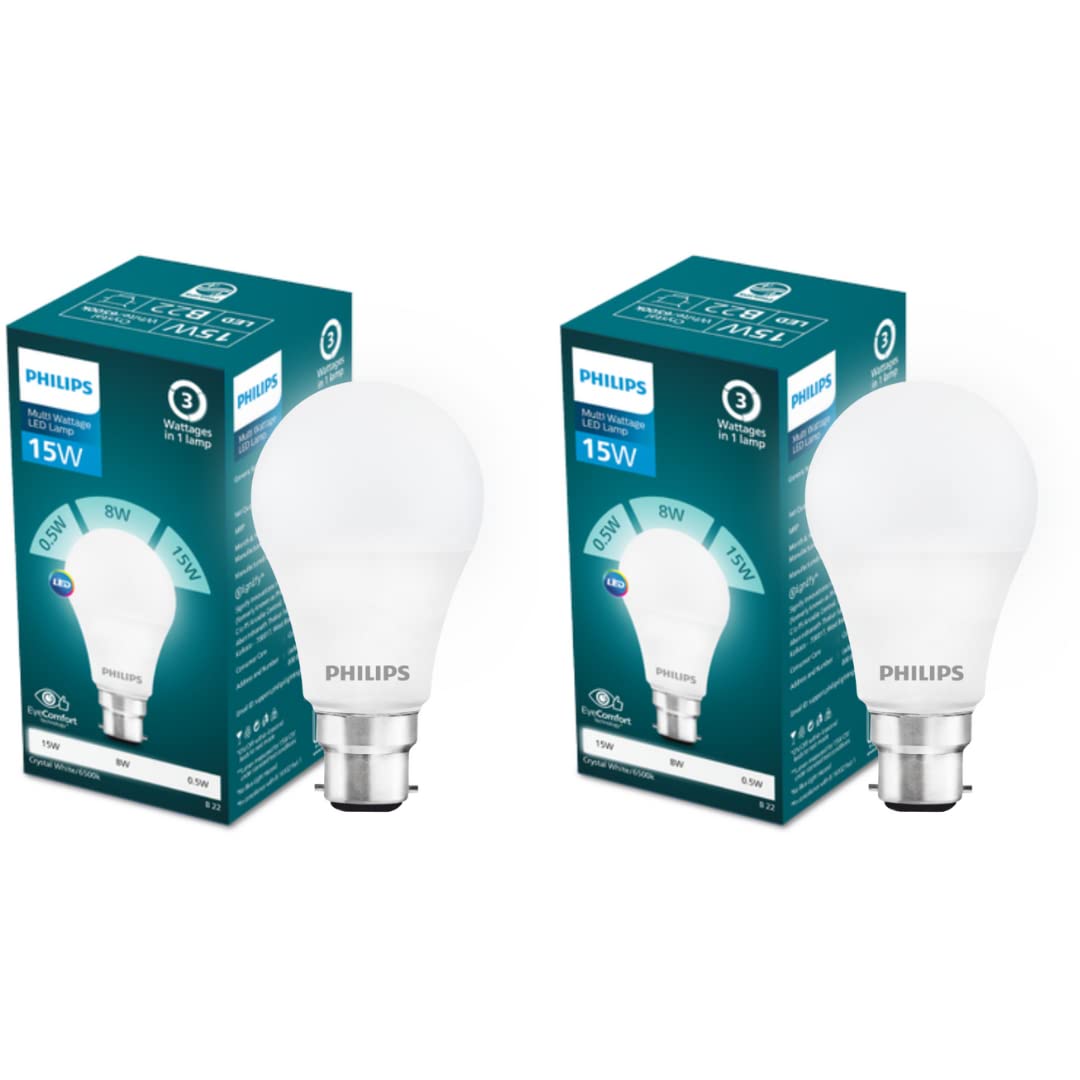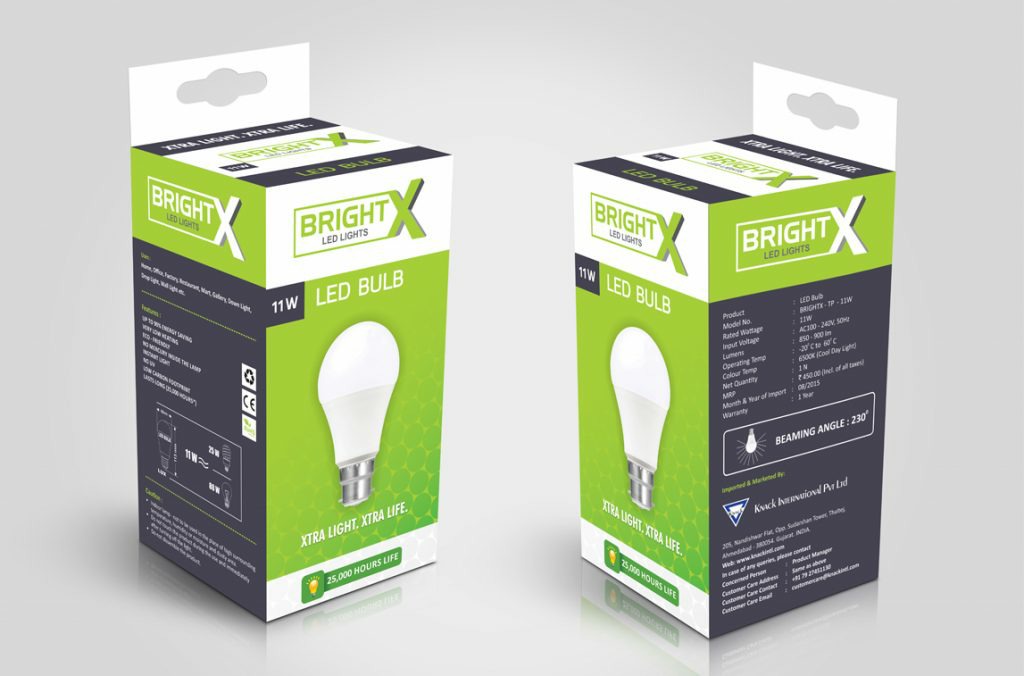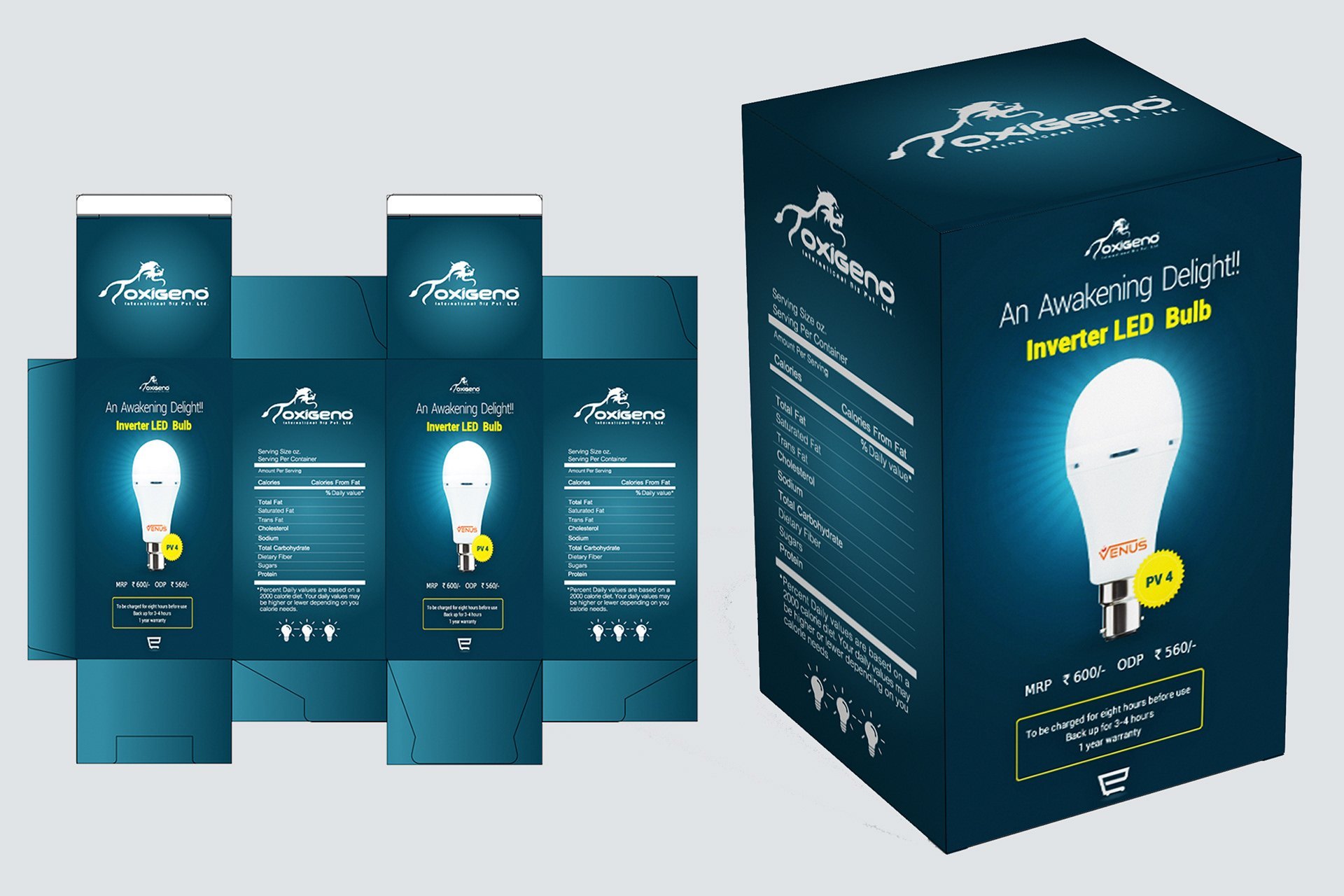Explore comprehensive insights into the U.S. and India’s LED bulb packaging box design, including trends, best practices, and future innovations for standout packaging.
Key Takeaways: LED bulb packaging box design
- Importance of LED bulb packaging box design.
- Detailed analysis of design elements and strategies.
- Comparative insights between U.S. and Indian markets.
- Best practices and case studies.
- Future trends in LED packaging design.
Introduction to LED bulb packaging box design
LED bulb packaging design is not just about aesthetics; it’s a critical factor influencing consumer choice and brand perception. The demand for energy-efficient lighting solutions has surged in both the United States and India, making the LED bulb packaging box design an essential aspect of marketing and product differentiation. This article delves deep into the nuances of LED packaging, offering a comparative analysis, best practices, and future trends.
Importance of LED bulb packaging box design
Why Packaging Matters
Packaging is the first point of contact between the product and the consumer. A well-designed LED bulb packaging box can:
- Attract attention to retail shelves.
- Communicate the brand’s message.
- Provide essential product information.
- Enhance the unboxing experience.
Key Elements of Effective Packaging
Effective packaging design encompasses several elements:
- Visual Appeal: Colors, graphics, and images that attract the consumer’s eye.
- Functionality: Ease of opening and protecting the product.
- Information: Clear and concise details about the product’s features and benefits.
- Sustainability: Eco-friendly materials and designs.

Analyzing the U.S. Market
Consumer Preferences
In the United States, consumers prefer packaging that is:
- Eco-Friendly: There is a growing demand for sustainable and recyclable packaging materials.
- Informative: Clear labeling about energy efficiency, lumens, and lifespan.
- Visually Attractive: Modern, sleek designs that reflect quality and innovation.
Design Trends in the U.S.
Current trends in the U.S. LED bulb packaging design include:
- Minimalist designs with clean lines and simple graphics.
- Use of bold colors to signify different product lines or features.
- Transparent windows to showcase the product.
Analyzing the Indian Market
Consumer Preferences
Indian consumers look for packaging that:
- Combines Tradition and Modernity: Blending traditional motifs with modern design elements.
- Durability: Robust packaging to withstand varied transportation conditions.
- Affordability: Cost-effective packaging solutions that do not compromise on quality.
Design Trends in India
Popular trends in Indian LED bulb packaging design involve:
- Vibrant colors and intricate patterns that appeal to the cultural sensibilities.
- Use of bilingual labeling to cater to diverse linguistic demographics.
- Focus on value-for-money propositions in the packaging design.
Comparative Analysis: U.S. vs. India
Visual Appeal
| Criteria | United States | India |
|---|---|---|
| Color Schemes | Bold, sleek, and modern | Vibrant, colorful, and culturally rich |
| Graphics | Minimalistic and clean | Detailed and ornate |
| Material | Eco-friendly and premium finishes | Durable and cost-effective |
Functional Elements
| Criteria | United States | India |
|---|---|---|
| Ease of Use | Simple, intuitive packaging | Robust packaging for various conditions |
| Information Display | Detailed, focused on energy efficiency | Bilingual, detailed product features |

Key Design Elements
1. Branding
Effective branding on the packaging helps establish a strong market presence. This includes:
- Logo Placement: Strategic placement for maximum visibility.
- Tagline: A catchy tagline that resonates with the brand’s values.
- Color Palette: Consistent use of brand colors.
2. Product Information
Providing essential information in a clear and concise manner:
- Energy Efficiency: Highlighting energy savings and environmental benefits.
- Technical Specifications: Details like lumens, wattage, and lifespan.
- Usage Instructions: Easy-to-follow guidelines for installation and use.
3. Sustainability
As consumers become more eco-conscious, sustainable packaging is a significant selling point:
- Recyclable Materials: Using materials that can be recycled.
- Biodegradable Options: Innovative solutions like biodegradable plastics.
- Eco-Friendly Printing: Using soy-based inks and other sustainable printing methods.
4. Aesthetics and Visual Appeal
A visually appealing package is crucial for attracting customers:
- Design Consistency: Ensuring all elements of the design are cohesive.
- Color Psychology: Using colors that evoke the right emotions and responses.
- Typography: Clear and legible fonts that enhance readability.
5. Functional Design
Functional design ensures the package not only looks good but also serves its purpose:
- Protection: Sturdy packaging that protects the product during transit.
- Ease of Use: Features like easy-open tabs and resealable options.
- Compactness: Efficient use of space to reduce shipping costs and shelf space.
Best Practices in LED Bulb Packaging Design
1. Research and Development
Investing in R&D to understand market trends and consumer preferences:
- Conduct surveys and focus groups.
- Analyze competitors’ packaging.
- Experiment with different materials and designs.
2. Prototyping and Testing
Before finalizing a design, prototyping and testing are crucial:
- Create multiple prototypes.
- Conduct drop tests and durability assessments.
- Gather feedback from potential customers.
3. Sustainable Practices
Adopting sustainable practices in packaging design:
- Source eco-friendly materials.
- Implement waste reduction strategies in the production process.
- Educate consumers about the packaging’s sustainability features.
4. Collaborating with Experts
Working with packaging design experts to create innovative solutions:
- Hire professional designers.
- Collaborate with sustainability consultants.
- Engage with packaging manufacturers early in the design process.
5. Regulatory Compliance
Ensuring the packaging complies with local and international regulations:
- Labeling requirements.
- Environmental regulations.
- Safety standards.
Case Studies
Case Study 1: Philips LED Bulbs
Philips, a leader in lighting solutions, has set benchmarks in LED bulb packaging design:
- Minimalistic Design: Clean and simple, focusing on product features.
- Sustainability: Use of recycled materials and eco-friendly inks.
- Consumer-Friendly: Easy-to-open packaging with clear instructions.
Case Study 2: Bajaj LED Bulbs in India
Bajaj, a prominent Indian brand, showcases how local preferences influence packaging design:
- Cultural Relevance: Incorporation of traditional Indian motifs.
- Durability: Robust packaging to withstand long supply chains.
- Affordability: Cost-effective materials without compromising quality.
Future Trends in LED Bulb Packaging Design
1. Smart Packaging
Smart packaging is revolutionizing the industry with features like:
- QR Codes: Providing additional information and interactive content.
- NFC Tags: Enabling contactless communication with smartphones.
- Smart Labels: Offering real-time product tracking and authenticity verification.
2. Augmented Reality (AR)
Using AR to enhance the consumer experience:
- Interactive Unboxing: Engaging consumers with virtual guides and tutorials.
- Enhanced Information: Displaying additional product details through AR apps.
3. Personalization
Personalized packaging that caters to individual consumer preferences:
- Customizable Designs: Allowing consumers to choose colors, patterns, and messages.
- Limited Editions: Creating unique, collectible packaging for special occasions.
4. Eco-Innovation
Continued focus on eco-innovation:
- Plant-Based Plastics: Developing packaging from renewable resources.
- Zero-Waste Solutions: Designing packaging that leaves no environmental footprint.
5. Integrated Technology
Integrating technology for better user experience:
- Smart Sensors: Monitoring product condition and performance.
- IoT Integration: Connecting the product to smart home systems.
Conclusion

In conclusion, the LED bulb packaging box design plays a pivotal role in the product’s market success. By understanding consumer preferences and staying ahead of design trends, companies in the U.S. and India can create packaging that not only attracts and informs but also aligns with sustainable practices. As we look to the future, innovations in smart packaging, AR, and eco-innovation will continue to shape the industry, offering exciting opportunities for brands to differentiate themselves and connect with consumers on a deeper level.
By focusing on these key aspects and continually evolving with market trends, companies can ensure their LED bulb packaging stands out, resonates with consumers, and supports a sustainable future.
